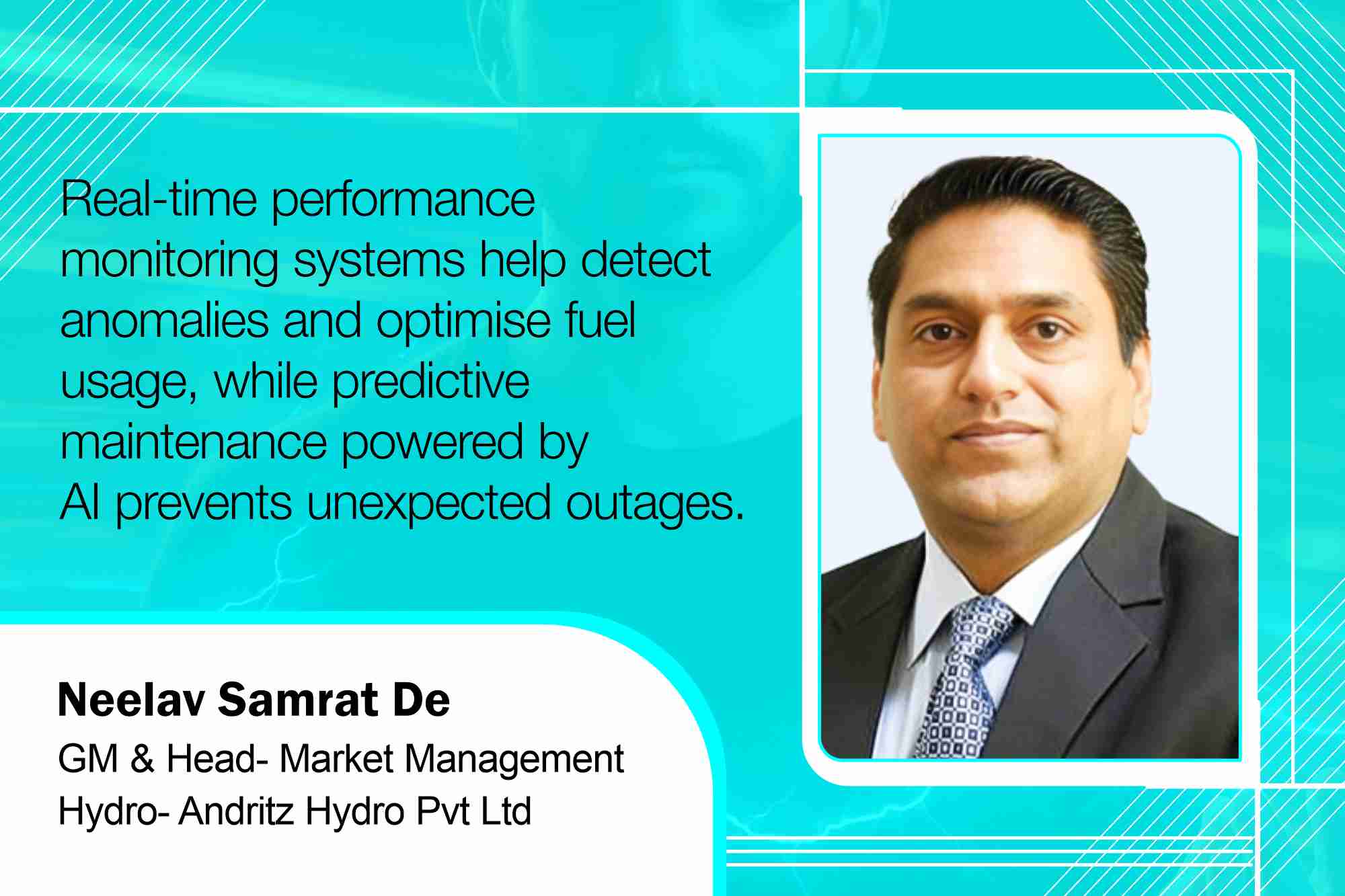Hybrid, smart, and sustainable power systems are key to India’s net-zero vision
By Staff Report June 3, 2025 12:58 pm IST
By Staff Report June 3, 2025 12:58 pm IST

Thermal power plants are increasingly being integrated into hybrid models, in which renewable energy supported by storage solutions works alongside conventional generation.
To meet growing electricity demand and align with global climate goals, India is moving decisively towards cleaner, smarter, and more resilient energy systems. In line with this, power plants across the nation, both old and new, are evolving rapidly, integrating cutting-edge technologies, diversifying fuel sources, and embedding sustainability at their core to become future-ready.
Low-Carbon Energy Mix
Historically reliant on coal, which still accounts for nearly 70 percent of electricity generated, the Indian power sector is now shifting toward a more balanced and environmentally sustainable energy mix. In line with its commitments under the Paris Agreement and the goal to achieve net zero emissions by 2070, the country has set an ambitious target of installing 500 GW of non-fossil fuel capacity by 2030. This includes solar, wind, hydro, nuclear and bioenergy sources.
Thermal power plants are increasingly being integrated into hybrid models, where renewable energy supported by storage solutions works alongside conventional generation. These hybrid plants provide greater grid reliability and round-the-clock supply, which is especially vital in a country with growing peak electricity demand and a widening consumer base.
Digital Innovation
Digital innovation is a key pillar of future-ready power plants. Indian power plants leverage advanced technologies such as artificial intelligence (AI), machine learning (ML), big data analytics, and the Internet of Things (IoT) to enhance efficiency, reduce costs, and minimise downtime.
Real-time performance monitoring systems help detect anomalies and optimise fuel usage, while predictive maintenance powered by AI prevents unexpected outages. Some advanced facilities are deploying digital twins and virtual replicas of physical assets to simulate scenarios, forecast performance and plan interventions without disrupting operations.
These digital interventions improve plant economics and contribute to better environmental outcomes by reducing emissions and resource consumption.
Infrastructure Modernisation
Ageing power plants, many of which were commissioned decades ago, are undergoing extensive modernisation to meet new environmental standards and improve performance. Retrofitting with emission control technologies such as Flue Gas Desulphurisation (FGD), Selective Catalytic Reduction (SCR) systems, and high-efficiency particulate capture devices is underway at several sites.
New plants are being designed with ultra-supercritical and advanced ultra-supercritical technologies, which operate at higher temperatures and pressures. These technologies result in better thermal efficiency and significantly lower carbon dioxide emissions per unit of electricity generated.
Grid ResilienceAs renewable energy becomes a larger share of the generation mix, grid stability is emerging as a critical challenge. Intermittency in wind and solar generation requires flexible and reliable backup solutions. Indian power plants are increasingly deploying battery energy storage systems (BESS), pumped hydro storage, and other grid-balancing mechanisms to ensure round-the-clock supply. Synchronous Condensers will play an important role in the grid inertia management system, with the first tenders expected by Q1 2026.
These technologies are essential for peak load management and enabling demand response, frequency regulation and seamless renewable energy integration.
ESG Integration
A future-ready plant is not just about machines and technology. It is also about people. Recognising this, power sector companies invest in reskilling and upskilling programmes to prepare the workforce for digital and green transitions. Engineers, technicians, and plant operators are trained in automation, cybersecurity, and sustainable operations.
Additionally, Environmental Social and Governance (ESG) criteria are gaining prominence. Companies are adopting responsible water and waste management practices, enhancing community engagement, and pursuing carbon offset initiatives. ESG compliance is increasingly seen as a regulatory obligation and a strategic imperative.
The evolution is underway and signals a bold vision: an energy-secure, environmentally sustainable, and economically inclusive future fuelled by future-ready power plants.
We use cookies to personalize your experience. By continuing to visit this website you agree to our Terms & Conditions, Privacy Policy and Cookie Policy.